Thunderbolt 4: What’s New and Different?
The first PCs using Thunderbolt 4 were expected to debut in 2020 alongside Intel’s new Tiger Lake processors. However, it appears that this new versatile standard does not offer faster data transfer speeds than the four-year-old Thunderbolt 3. Although Thunderbolt 4 introduces some new improvements, it may struggle to compete with the "king" of connection ports, USB.
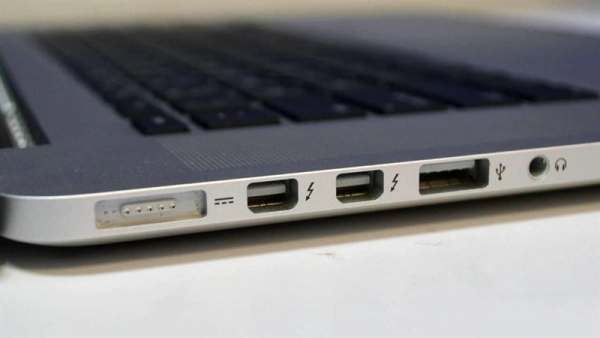
What is Thunderbolt?
Thunderbolt first appeared on MacBook models and has since been fully adopted by Apple, replacing all other interface ports. Thunderbolt is a new connection protocol for computers, co-developed by Apple and Intel, and was first introduced in 2011. In addition to data transfer, the Thunderbolt port also functions as a laptop charging port.
Currently, Thunderbolt 3 remains the latest protocol (with Thunderbolt 4 coming soon). It combines two different protocols, PCI Express (for data transfer) and DisplayPort (for image transfer), using the popular USB Type-C connection standard. In addition to MacBooks, many other brands, such as Acer, have also started using this new connection standard.

Intel introduced a completely new connection port generation called Thunderbolt 4 at CES 2020. With the goal of enhancing native Wi-Fi and Bluetooth connection speeds, Intel presented Thunderbolt 4 as a must-have feature for your future laptops.
Will Thunderbolt 4 live up to the hype? Here’s everything we know so far about this new standard, which has both similarities and differences with Thunderbolt 3. Thunderbolt 4 offers improved performance and features compared to the USB 4 standard.
Thunderbolt 4 Availability
Intel’s official announcement of Thunderbolt 4 at CES 2020 confirmed that Thunderbolt 4 will first be supported by the upcoming Tiger Lake mobile processors, expected to launch as soon as possible in 2020. Initially, Thunderbolt 4 will join other technological advancements like support for 6 GHz Wi-Fi and Bluetooth 5.0.

Although laptops with Tiger Lake chips were expected to debut in late 2020, it might take a few months for this product line to become widespread. By 2021, more options should be available for potential customers interested in Thunderbolt 4’s capabilities.
Performance
In terms of speed, Thunderbolt 4 is not expected to be faster than Thunderbolt 3. This is somewhat surprising since speed is one of Thunderbolt 3’s major advantages, with a maximum throughput of 40 Gbps. In comparison, USB 3.2 2×2, the fastest USB port specification at this time, only offers 20 Gbps.
Thunderbolt 4 was initially expected to improve upon this, with Intel claiming that Thunderbolt 4 would be four times faster than USB, leading many to expect a bandwidth speed of 80 Gbps for Thunderbolt 4. However, Intel later clarified that Thunderbolt 4 would be four times faster than USB 3.2 Gen 2, which has a maximum speed of 10 Gbps. Thunderbolt 4 is only expected to operate with a maximum throughput of 40 Gbps.
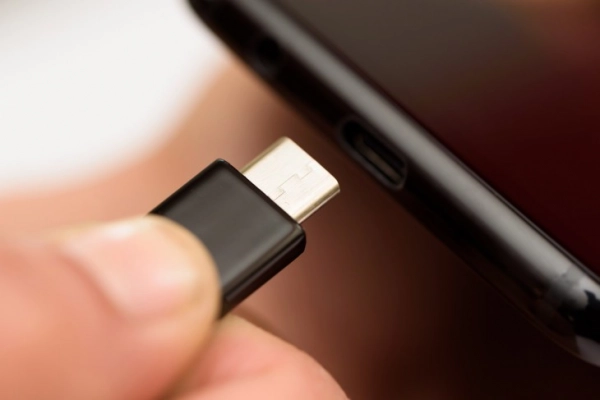
Given that Thunderbolt 4 is not faster than Thunderbolt 3, many have jokingly referred to it as simply a rebranded Thunderbolt 3.
Key Features
Thunderbolt is a standard optimized with specific features, from enabling external graphics cards to providing Ethernet network access. At CES 2020, Sarah Kane, a director at Intel, stated that Thunderbolt 4 has standardized PC platform requirements and incorporated the latest improvements but did not go into any real detail about these new advancements.
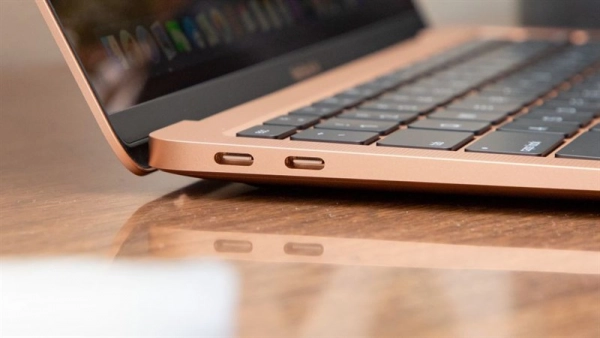
There are hints that USB 4 will integrate the capabilities of Thunderbolt 3, enhancing the ability to swap data connections between devices. This suggests that Thunderbolt 4 will be more closely linked with devices than USB 4, potentially becoming a more mainstream recognized technology. And of course, if Thunderbolt 4 doesn’t stand out in terms of speed, this new technology will need to offer something else unique to compete with the potential ubiquity of USB-C at USB 4 speeds.
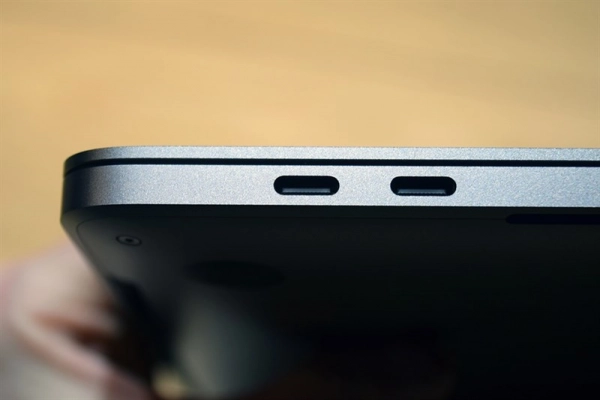
Regardless, we still need to wait until more details about Tiger Lake are revealed, at which point we may hear more about what Thunderbolt 4 will bring to consumers.
For now, the simplicity of Thunderbolt is definitely a significant advantage over USB, especially for those who require high performance. More importantly, the latest USB standards are indeed confusing. The new USB-C ports are small enough for both phones and laptops, but sometimes USB-C cables and ports can only handle data speeds at the USB 2 generation's 480 Mbps.
And although USB-C is quite suitable for charging high-power devices up to 100W (as seen in many high-end laptops), not every USB-C port can be used to charge devices. Thunderbolt 4 offers a more consistent set of premium capabilities, so you don’t have to worry too much about that.
Submit feedback
Your email address will not be made public. Fields marked are required *
Search
Trend
-
What is Black Myth: Wukong? Detailed Guide on System Requirements and Gameplay
08-21-2024 . 1k view
-
The simplest and fastest way to log into the Chinese TikTok, Douyin.
01-10-2022 . 1k view
-
Blog sites that will accept AI generated content
07-26-2024 . 1k view
-
Call of Duty: Black Ops 6 - Intense, Mysterious, and Surprising Warfare
09-02-2024 . 1k view
-
The "End of Life" for Windows 10: A Massive E-Waste Threat and Sustainable Solutions
08-18-2024 . 943 view






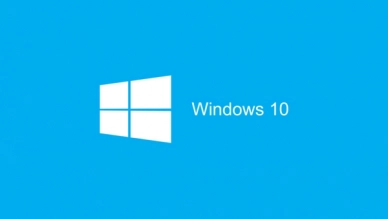

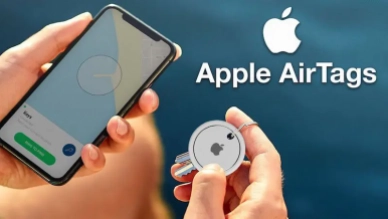
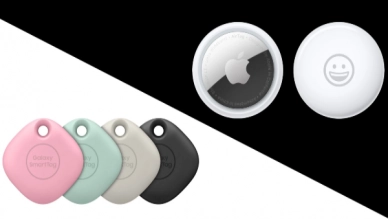
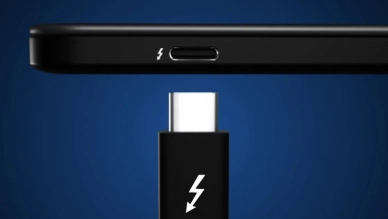
0 feedback